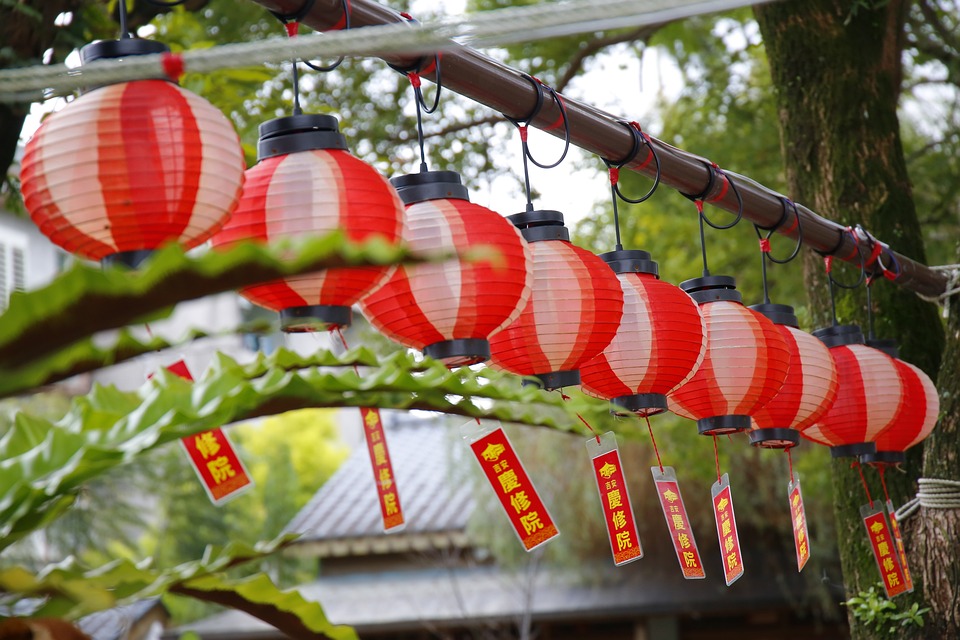Celebrating Cultural Diversity through Folk Traditions
Cultural diversity is an integral part of society, showcasing unique traditions, beliefs, and practices that have been passed down through generations. One of the ways in which cultural diversity is celebrated is through folk traditions. Folk traditions are customs and rituals that are deeply rooted in a specific culture and are often passed down orally from one generation to the next. These traditions play a significant role in preserving a culture’s identity and creating a sense of community among its members.
Importance of Folk Traditions
Folk traditions are essential in celebrating and preserving cultural diversity for several reasons. Firstly, they provide a historical context for a culture, allowing individuals to connect with their roots and understand the customs and practices that have been passed down through generations. These traditions serve as a link between the past, present, and future, fostering a sense of continuity and belonging within a community.
Furthermore, folk traditions are a way of transmitting knowledge and values from one generation to the next. Through storytelling, music, dance, and other forms of cultural expression, individuals learn about their cultural heritage and the values that are important to their community. This helps to instill a sense of pride and respect for one’s cultural identity, fostering a strong sense of belonging and solidarity among community members.
Celebrating Cultural Diversity through Folk Festivals
One of the most common ways in which cultural diversity is celebrated through folk traditions is through festivals and celebrations. These events showcase the unique customs, rituals, music, and dance of a particular culture, providing an opportunity for individuals to learn about and experience different cultural practices. Folk festivals often feature traditional costumes, food, and music, creating a vibrant and immersive experience for attendees.
For example, the Diwali festival, also known as the Festival of Lights, is a major cultural celebration for Hindus, Sikhs, Jains, and Buddhists around the world. During Diwali, individuals come together to light oil lamps, exchange gifts, and celebrate the victory of light over darkness. The festival is marked by fireworks, colorful decorations, and traditional sweets, creating a festive atmosphere that brings communities together.
Preserving Cultural Heritage through Folk Art
In addition to festivals and celebrations, folk traditions are also preserved and celebrated through various forms of art. Folk art, such as painting, sculpture, and handicrafts, often reflects the cultural identity and values of a particular community. These art forms are passed down through generations and serve as a visual representation of a culture’s heritage.
For example, the intricate floral patterns of traditional Hungarian embroidery reflect the rich cultural history and traditions of the Hungarian people. This form of folk art is passed down from mothers to daughters, each stitch carrying with it the stories and customs of generations past. By preserving and celebrating folk art, communities are able to keep their cultural heritage alive and pass it on to future generations.
Creating a Sense of Unity and Belonging
Ultimately, the celebration of cultural diversity through folk traditions helps to create a sense of unity and belonging among community members. By coming together to celebrate their shared heritage, individuals are able to build connections with one another and foster a sense of solidarity. These traditions serve as a reminder of the values and customs that are important to a culture, helping to strengthen community bonds and create a sense of belonging.
Overall, celebrating cultural diversity through folk traditions is a powerful way to preserve and showcase the unique customs and practices of different cultures. By participating in festivals, preserving folk art, and sharing stories and traditions, communities are able to celebrate their cultural heritage and create a sense of unity and belonging among their members.

Leave a Reply